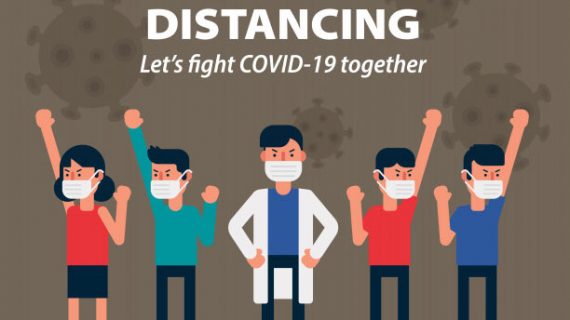バックパックをハイキングするためのFAQ
Q: 私はその日のために出かけます, どのサイズのバッグを運ぶべきですか?
あ: 地元の公園をハイキングするときの通常の日常の使用では、サイズが約15〜20Lのものしか必要ない可能性があります。. 幸運なことに, これらのバッグはジムでの使用からあらゆるものに最適なサイズです, 自転車に乗る, ハイキング, または毎日の旅行. They’re very versatile so there’s usually little need to buy one for each specific activity.
If you’re heading out and trying to smash a 20 mile day from 7am until 9pm you’ll need something closer to 20-25L unless you’re really fast and light. Especially if you’re going to tackle remote, harsh areas you’ll need more safety equipment like GPS, PLBs, or other backups. When this happens look for a bag with the capacity to handle the extra gear.
Q: Should I spend top dollar on a large overnight backpack?
あ: I think this depends a lot on how often you plan to be backpacking.
When you start heading out for 2-3 nights at a time or more then you’re going to need a 40-60L backpack. Cheap ones will be very heavy. It’s not uncommon to find 4-6 pound backpacks on the cheap end.
4-6 pounds is a ton of weight when you consider that 20 pounds can get many lightweight hikers a 4-7 day supply of gear (including food, パック, and everything else!) However, if you’re only going out once a year and you can handle the extra weight, maybe save the money? It’s up to you.
にとって $200-$300 you should be able to find a good sized backpack to cover most of your needs with a weight in the 2-3 pound range which is reasonable.
Q: Do I need a hydration pack?
あ: Hydration backpacks are the ones that can fit a little Camelbak or similar water bladder with the hose and bite valve setup.
These are handy little doodads for ultra runners, cyclists, and other extreme sports users. They’re really quite inconvenient for overnight hikers, however.
It’s difficult to get the water bladder out of a full backpack when you stop to fill up. Then getting it back in is a nightmare. On top of that, holding on to it while you try to fill it from the trailside is a real pain in the ass. Then, after a few weeks of hiking you’ll find that the hose starts to get nasty and needs cleaning.
All around these packs are ideal for those who can go home at night and refill it or clean it. Otherwise they make relatively hassle prone setups.
Q: Where does my sleeping bag go?
あ: In many backpacks there’s an extra little pocket at the bottom. Usually it’s isolated from the main pocket and often has its own zipper for access.
Honestly, I have no idea why these exist. It’s a great way to get your sleeping bag wet when you set your backpack down during any rain. The extra big ol’ zipper is usually quite heavy and adds an unnecessary extra compartment to most backpacks. Manufacturers: quit doing this, please!
Instead, your sleeping bag should be in it’s own (very) waterproof stuff sack somewhere near the middle of your backpack. Particularly if you have a down sleeping bag it’s very important to keep it dry and therefore it should be packed with care and caution.
Q: How do I adjust my backpack?
あ: Good question!
First undo all the suspension straps and compression straps. This means the shoulder straps, load lifters, stabilizers, and hip belt.
Now, put the pack on and tighten the hip belt until it’s snugly sitting on top of your hips. Precisely, this means on top of your iliac crest. Not around your waist or down around your butt.
次, snug up the shoulder straps. They should sit a finger’s width above your shoulders. The purpose of these straps is to keep the pack from falling away from you as you walk. There should be little or no weight on your shoulders at all.
Now tighten the stabilizers (they attach the hip belt to the backpack near the sides around the water bottle pocket usually).
Finally, tighten the load lifter straps which sit above the shoulder straps and pull the top of the pack in toward the back of your head. They should be snug and supporting any load near the top of the bag.





